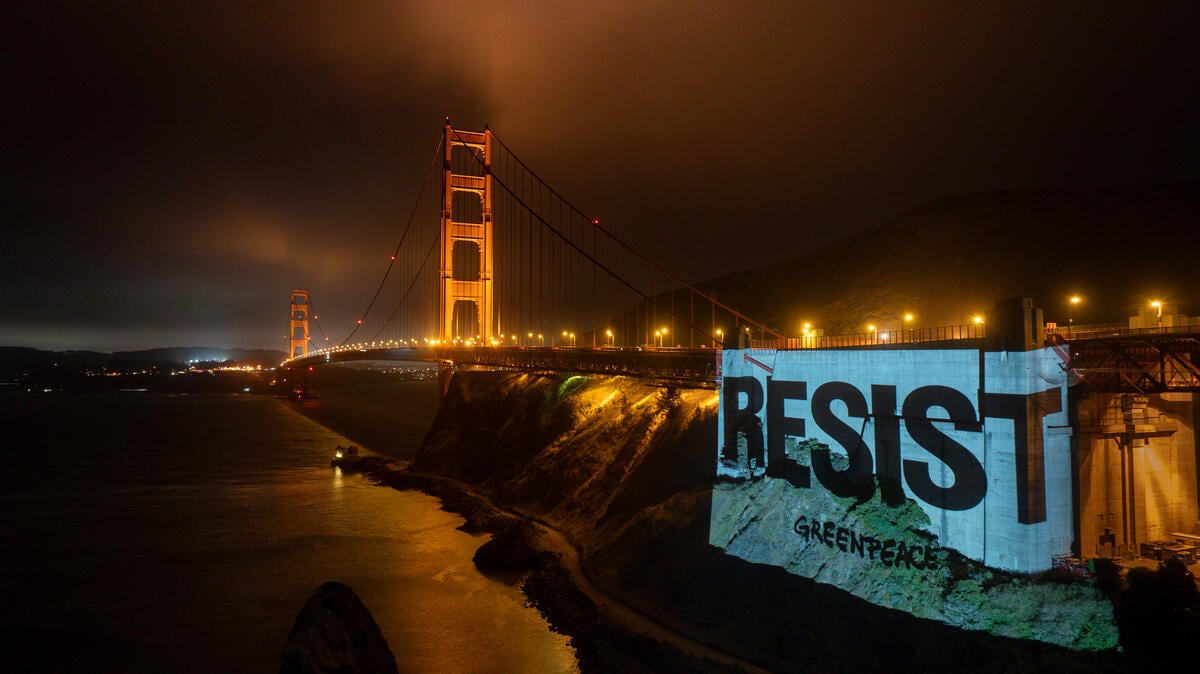Coatings, Vol. 15, Pages 855: Surface Protection Technologies for Earthen Sites in the 21st Century: Hotspots, Evolution, and Future Trends in Digitalization, Intelligence, and Sustainability
Coatings doi: 10.3390/coatings15070855
Authors:
Yingzhi Xiao
Yi Chen
Yuhao Huang
Yu Yan
As vital material carriers of human civilization, earthen sites are experiencing continuous surface deterioration under the combined effects of weathering and anthropogenic damage. Traditional surface conservation techniques, due to their poor compatibility and limited reversibility, struggle to address the compound challenges of micro-scale degradation and macro-scale deformation. With the deep integration of digital twin technology, spatial information technologies, intelligent systems, and sustainable concepts, earthen site surface conservation technologies are transitioning from single-point applications to multidimensional integration. However, challenges remain in terms of the insufficient systematization of technology integration and the absence of a comprehensive interdisciplinary theoretical framework. Based on the dual-core databases of Web of Science and Scopus, this study systematically reviews the technological evolution of surface conservation for earthen sites between 2000 and 2025. CiteSpace 6.2 R4 and VOSviewer 1.6 were used for bibliometric visualization analysis, which was innovatively combined with manual close reading of the key literature and GPT-assisted semantic mining (error rate < 5%) to efficiently identify core research themes and infer deeper trends. The results reveal the following: (1) technological evolution follows a three-stage trajectory—from early point-based monitoring technologies, such as remote sensing (RS) and the Global Positioning System (GPS), to spatial modeling technologies, such as light detection and ranging (LiDAR) and geographic information systems (GIS), and, finally, to today’s integrated intelligent monitoring systems based on multi-source fusion; (2) the key surface technology system comprises GIS-based spatial data management, high-precision modeling via LiDAR, 3D reconstruction using oblique photogrammetry, and building information modeling (BIM) for structural protection, while cutting-edge areas focus on digital twin (DT) and the Internet of Things (IoT) for intelligent monitoring, augmented reality (AR) for immersive visualization, and blockchain technologies for digital authentication; (3) future research is expected to integrate big data and cloud computing to enable multidimensional prediction of surface deterioration, while virtual reality (VR) will overcome spatial–temporal limitations and push conservation paradigms toward automation, intelligence, and sustainability. This study, grounded in the technological evolution of surface protection for earthen sites, constructs a triadic framework of “intelligent monitoring–technological integration–collaborative application,” revealing the integration needs between DT and VR for surface technologies. It provides methodological support for addressing current technical bottlenecks and lays the foundation for dynamic surface protection, solution optimization, and interdisciplinary collaboration.
Source link
Yingzhi Xiao www.mdpi.com

